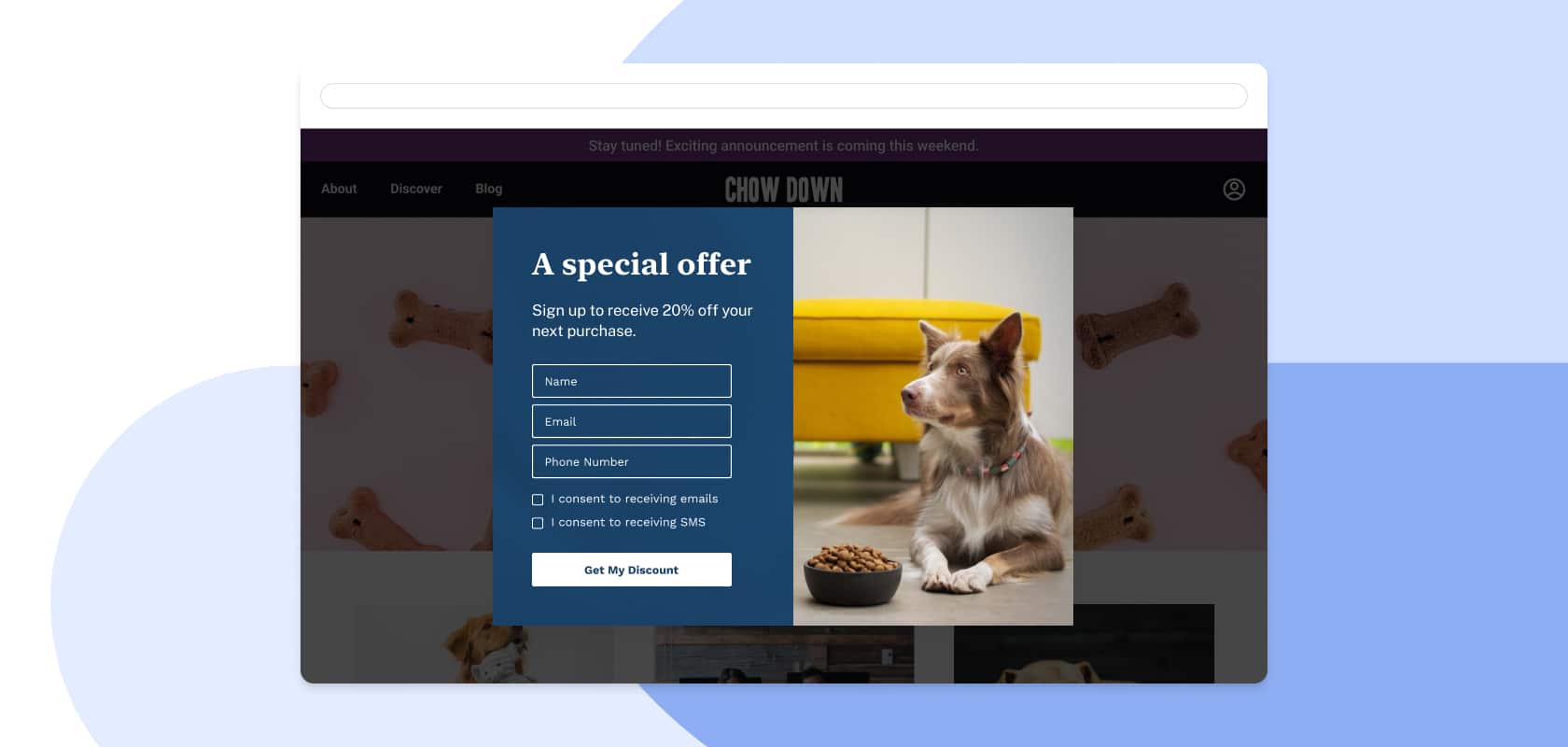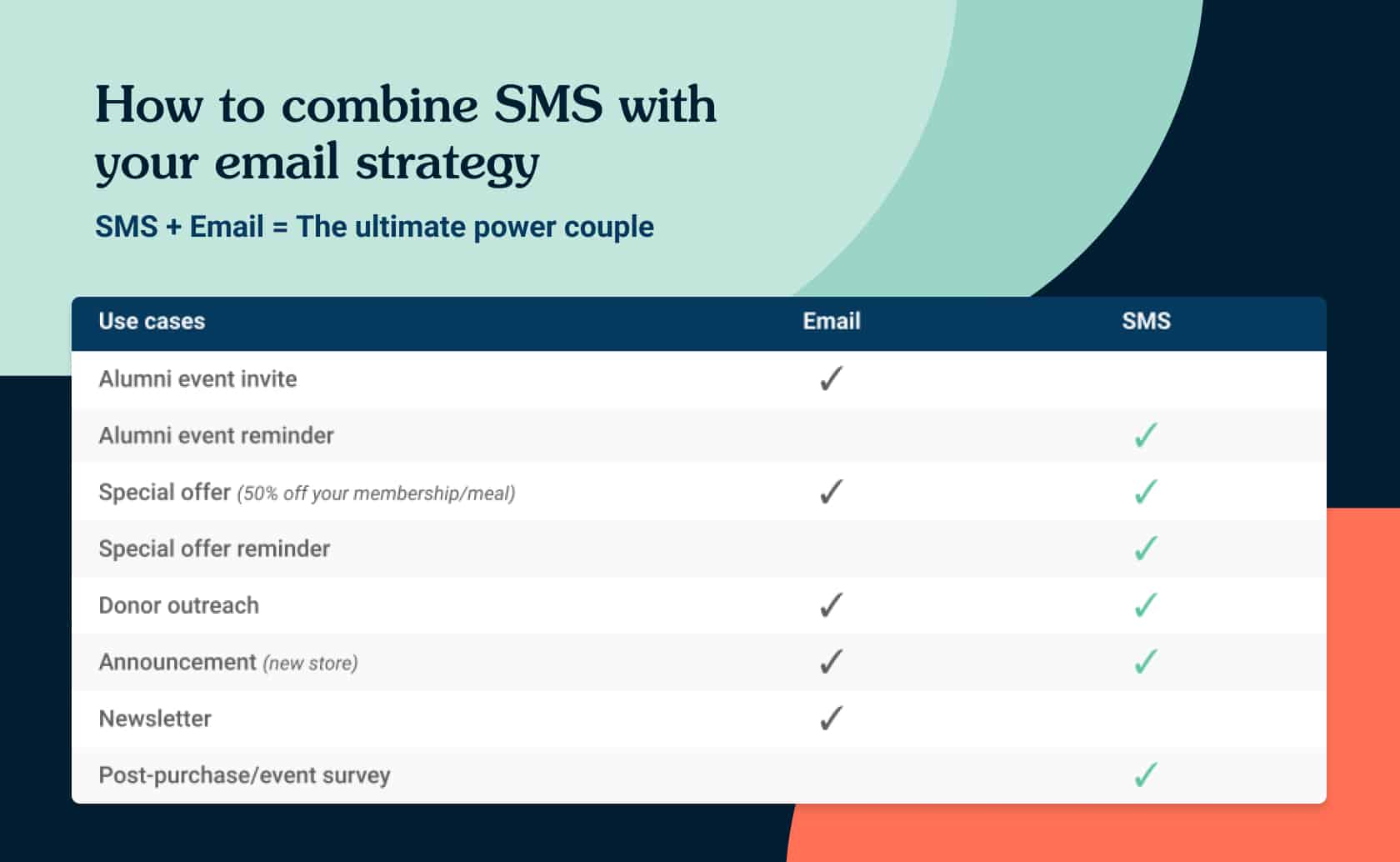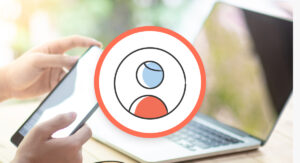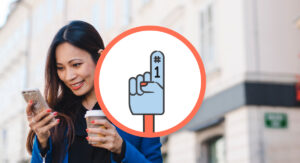How to Create an Email & SMS Strategy That Delivers Results

You may be considering adding SMS to your overall marketing strategy and wondering how difficult it is to integrate with email. The short answer is that it’s quite simple and can drive big results. Combining email and SMS can make for a compelling strategy, and by understanding the role each channel plays, you can start to map out when you should use one over the other and when to use them in combination. Like any power couple, email and SMS have distinctive roles when used in isolation, but when used together, they have the possibility of making an exceptionally powerful team.
Combining the two is not as difficult as you might think. Why? Because these channels share similarities that make leveraging the same strategy not only easy, but also incredibly important. Let's take a look at the similarities.
With both channels being permission-based, marketers have the unique opportunity to utilize the power of personalization in a way that surpasses customers’ expectations — giving them an opportunity to surprise and delight. Because both channels’ strengths are complementary, using them strategically together can result in more effective campaigns and more engaged customers.

Driving big results with personalization
When it comes to Relationship Marketing, a steadfast aspect to creating relationships that drive value for both customers and brands is personalization. As you build your database, it’s important to continue enriching customer profiles as you establish a basic level of messaging and communication. A good first step is capturing multi-channel contact information and channel opt-ins. Once you have your customers' data and know a little more about them, you can send them personalized and targeted messages — ones they actually want to see — those which prompt them to services and products they love, using the channels they prefer to engage with. Both email and SMS offer accessible and uncomplicated routes to individuating your campaigns for your audience — to engage them, build relationships with them, and chiefly, increase conversions.Once you start sending email and SMS campaigns together, you will then be able to segment customers based on their engagement. For example, those who tend to click links on your text messages but rarely open your emails should get more frequent texts and fewer emails, and those who glance at your texts but tend to respond to the CTAs in emails should get more of the latter and only the most urgent or important texts.

Increasing your return of investment
Investing in a multichannel marketing strategy can deliver substantial value, such as a decrease in marketing spend and a positive impact to top line revenue. According to Constellation Research, high-growth consumer-focused brands invest between 10% to 13% of their overall revenue into marketing. As messaging trends continue to point to email and SMS/MMS as the go-to channels to drive top line revenue, these channels are the most effective for brands to create a productive ROI and make the most of their marketing dollars. Utilizing SMS — marketing on owned channels, rather than with paid adverts for example — has the potential to drive significant revenue since it’s particularly effective for communicating personalized offers, event updates, or time-sensitive information. It’s this personalized and relevant content that drives higher engagement and more conversions.While email remains the most effective channel for driving sales, with over half of consumers (52%) purchasing a product directly as a result of an email they received in the last 12 months, according to Marigold’s 2023 Consumer Trends Index, the capabilities of SMS can fill some of the gaps in your email campaigns to make your marketing strategies even more powerful. And, when considering adding SMS to your strategy, it’s important to keep in mind that the power of SMS and its conversion ability is only expected to grow over the next several years. Indeed, by 2025, text message marketing is estimated to become a $12.6 billion industry, which is an opportunity that companies cannot afford to miss out on.
Knowing the optimal time to use each channel
People interact with emails differently than they do with text messages, and knowing when to send the right type of message on the right channel takes only some basic consideration. Respecting how and when people want to hear from both channels can improve user experience and help boost engagement. It’s best to remember that emails are better for long-form messages and newsletters — they’re the best place to deliver non-urgent communications or information your customers might want to save. Text messages, on the other hand, are short by nature and great for urgent information or real-time communications that require customer interaction.For example, with launches and announcements, on email there is no character limit, which allows you to provide more information and deliver it to their inboxes, where customers can read it later. For the same campaign, SMS can play an important role in notifying customers that a new announcement is in their inbox, or to direct them straight to your website for the information. By leveraging them both you can connect with your audience in the channel that’s most convenient, while driving greater engagement.
Similarly, for events, email allows you to provide details about the agenda and the speakers, while SMS works perfectly as an event reminder. With so many people living on the go, reminding someone of an event they’ve registered for via SMS will ensure they see it no matter where they are.
To provide more guidance in helping you determine which channel you should use and when, we’ve created a simple table of other common marketing examples, in which you can use one or both channels:

While every business is different, these examples illustrate how you could leverage email and SMS channels in isolation, or unlock the power of them in combination, particularly if you’re just starting out with SMS. We also recommend that you factor in your customers’ preferences and channel engagement when mapping out your plan.
Start an email & SMS strategy with Emma
Both consumers and marketers thrive when convenience exists as a part of the overall marketing strategy. Emma’s opt-in forms make building your list simple and easy, so you can get started on creating a multichannel marketing strategy right away. When your email and SMS campaigns are in sync, customers will engage with you because you’ll be reaching them where they’re ready to hear from you, which means your efforts will boost engagement and drive conversions. Learn more by downloading our guide on the Top 5 Tips Marketers should know to grow their SMS list.
MOST RECENT ARTICLES
Want to engage your audience and grow your brand? Try Emma's robust easy-to-use product today.











